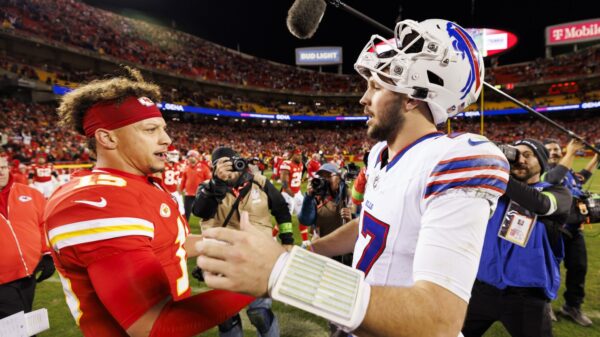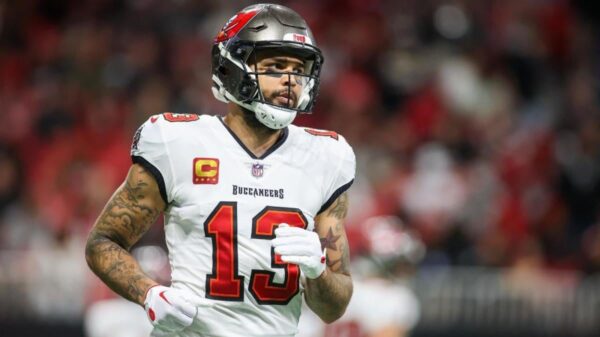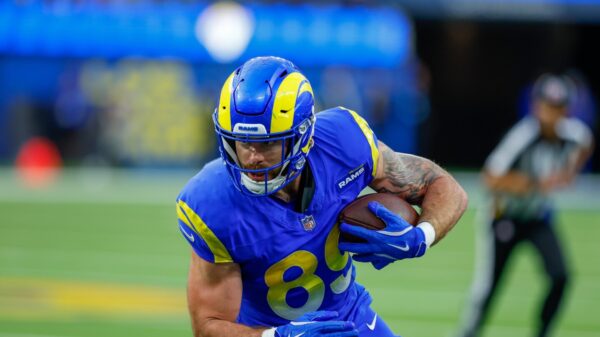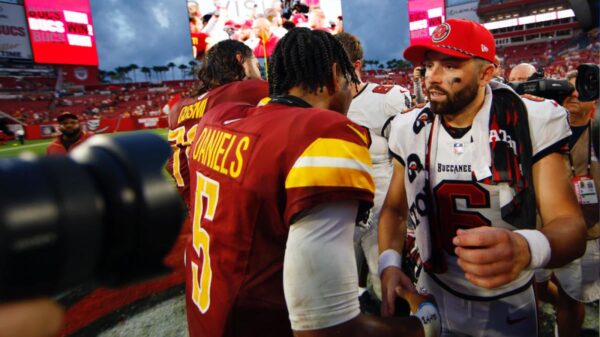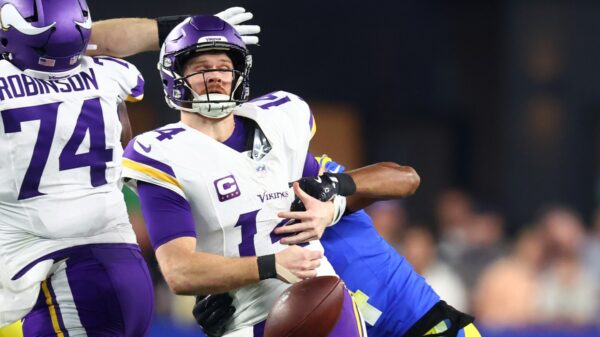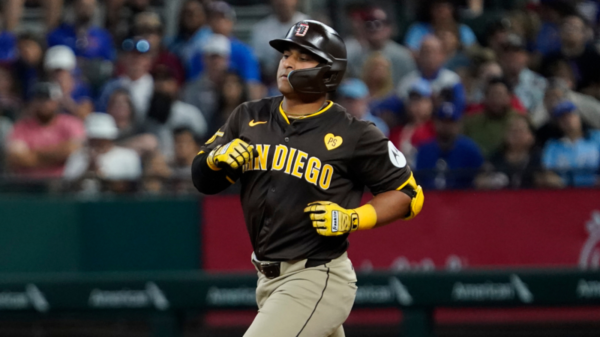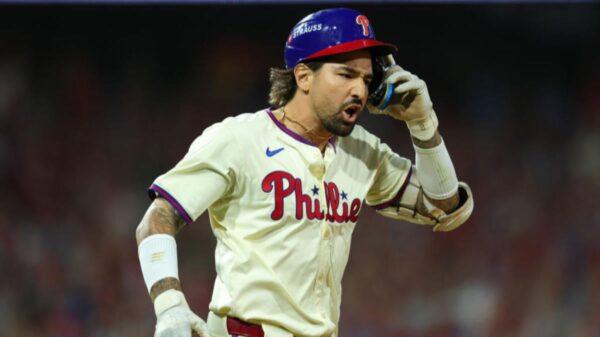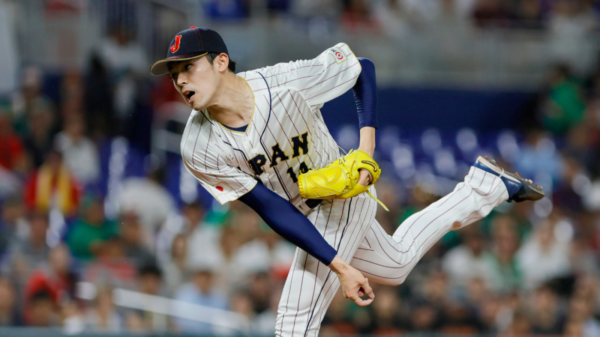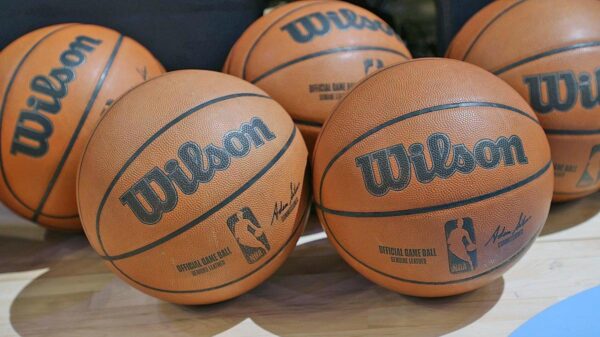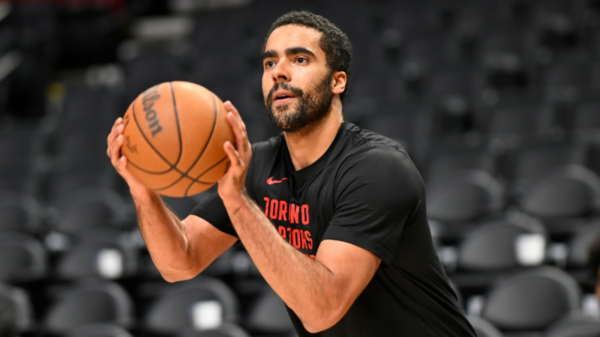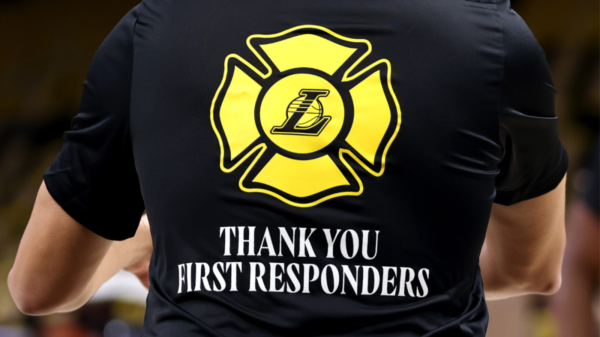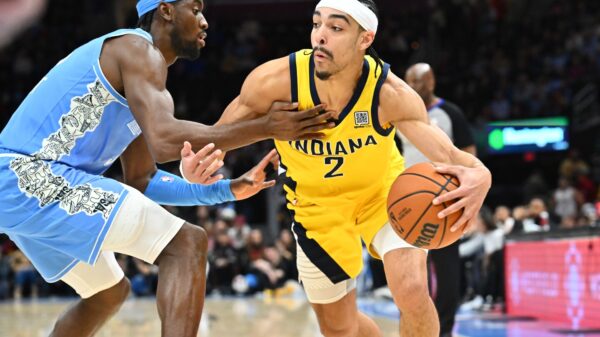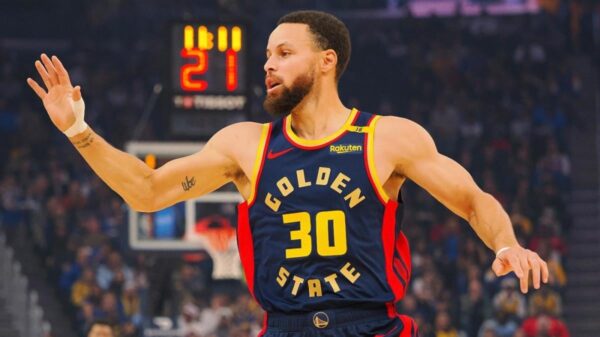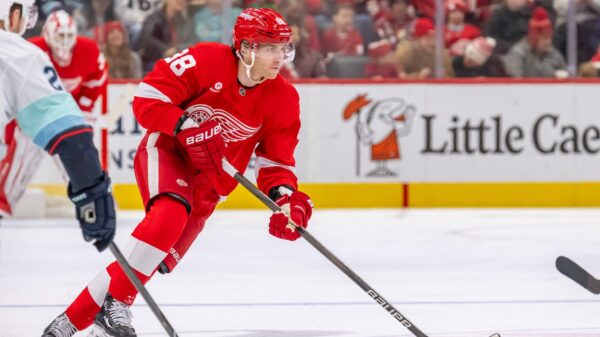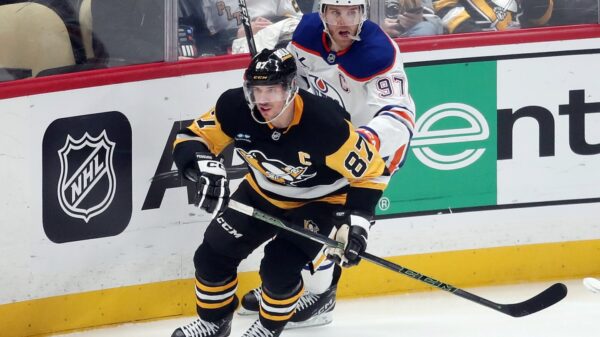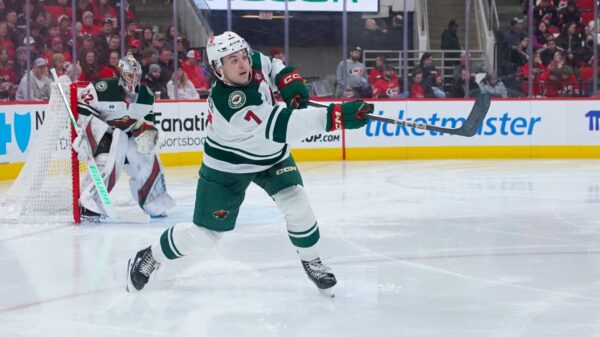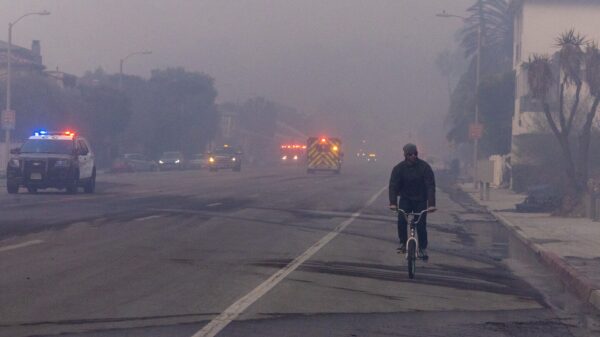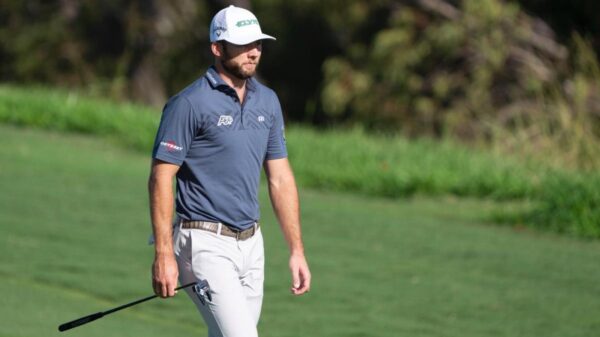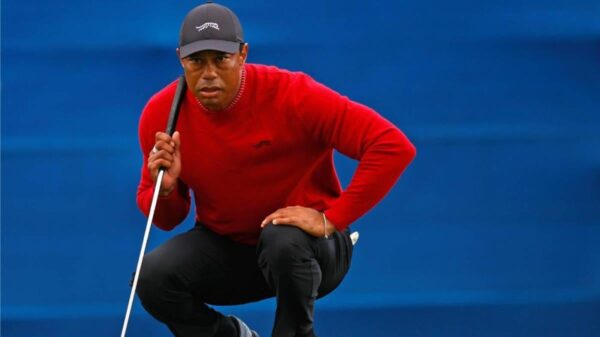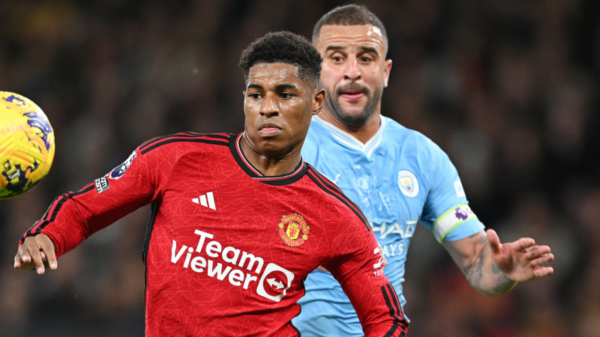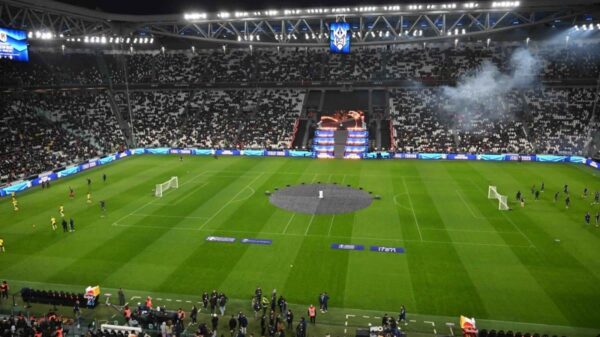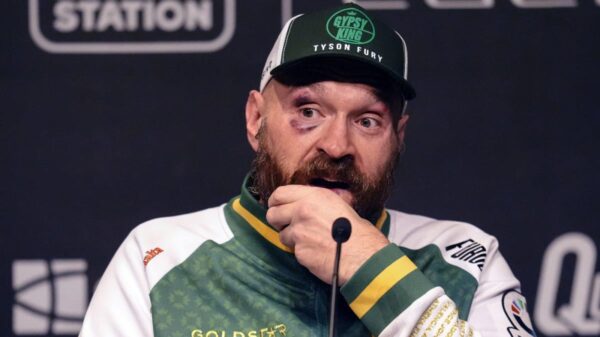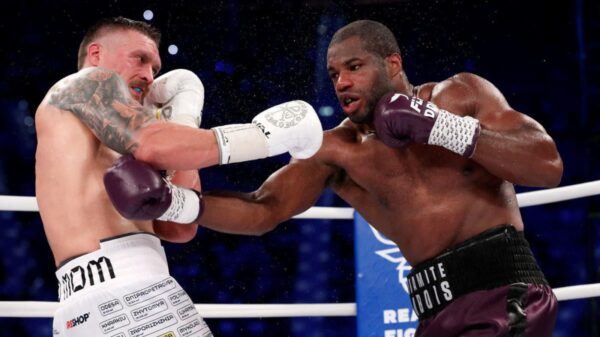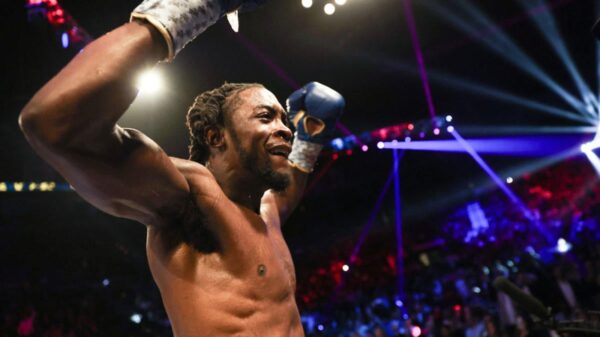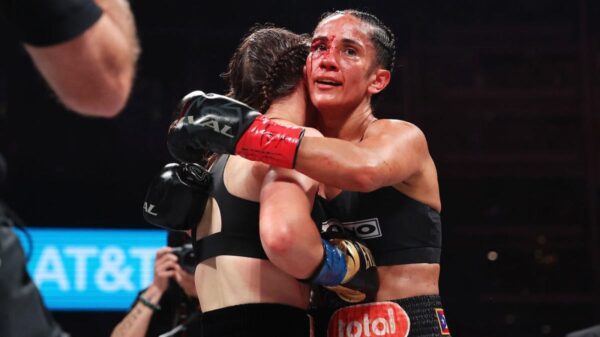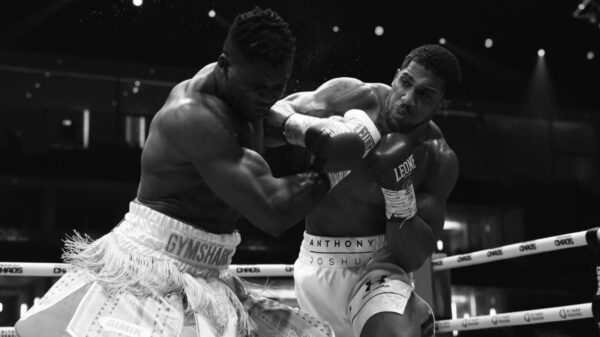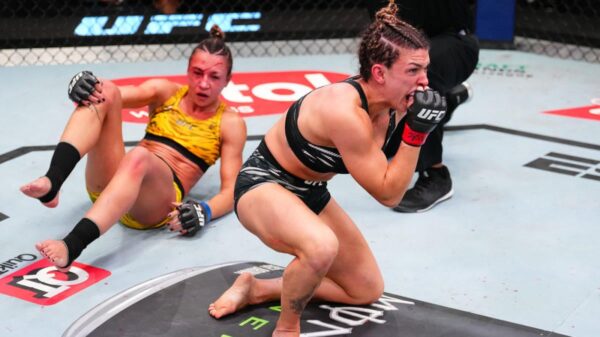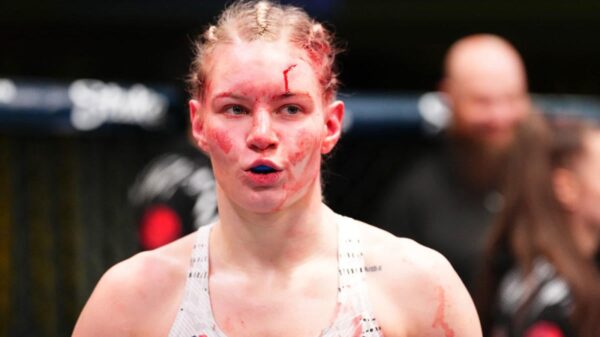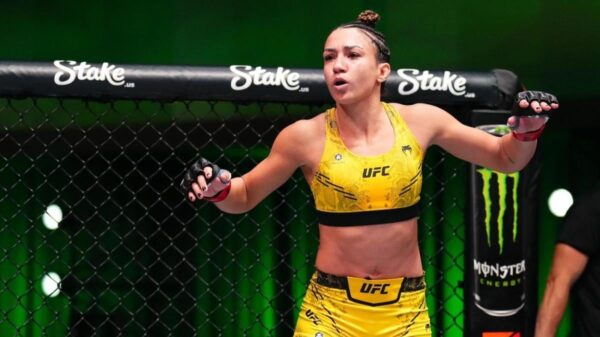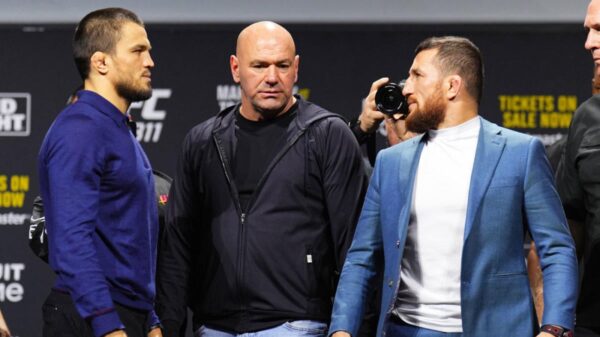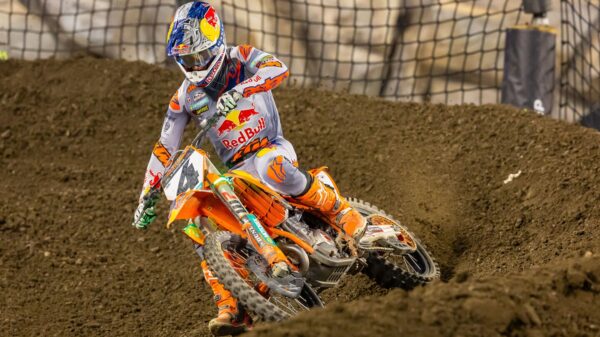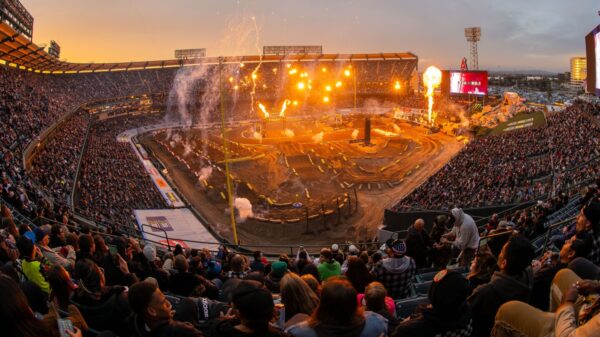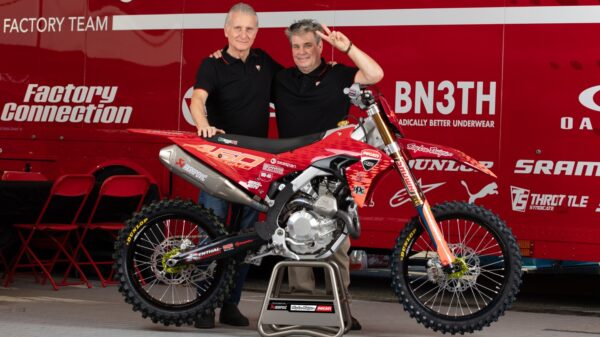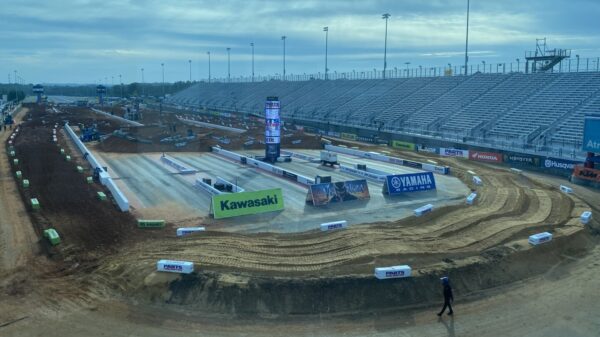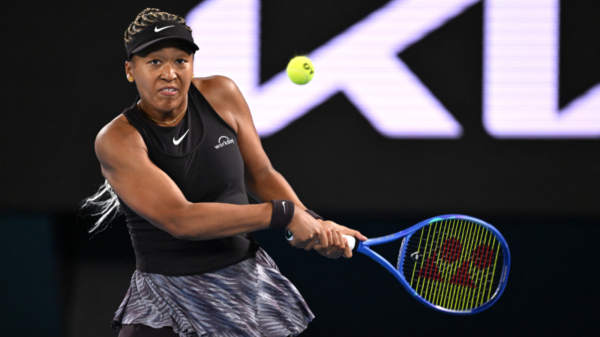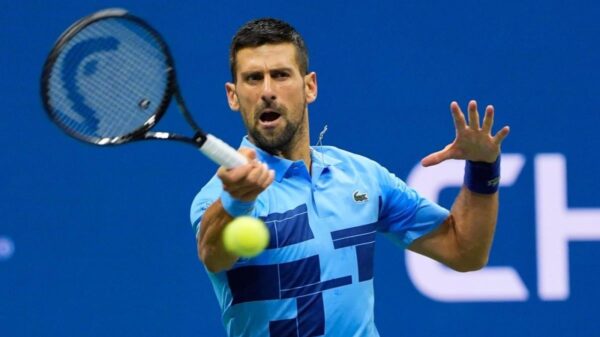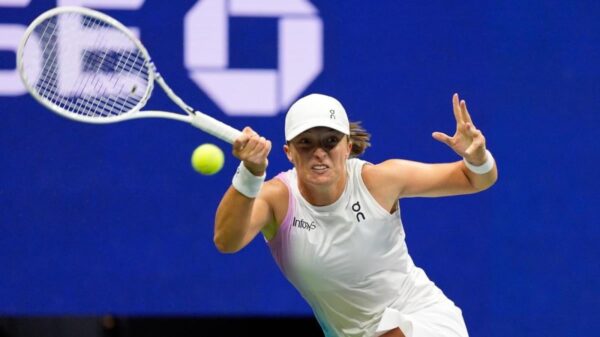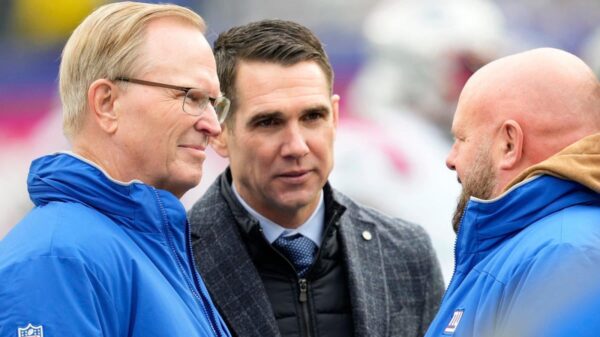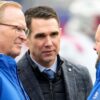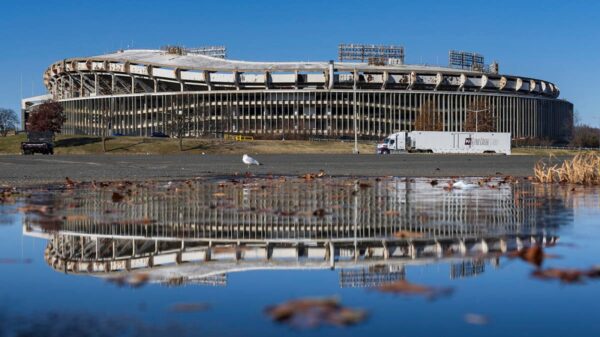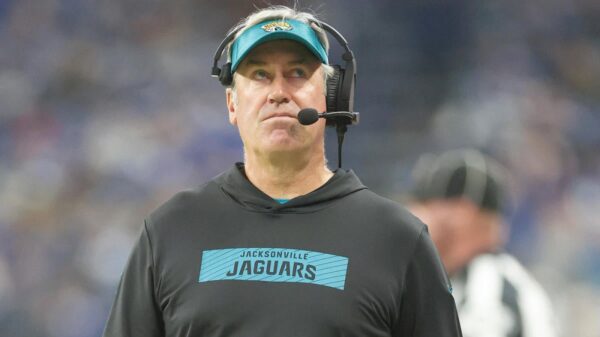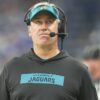What a difference a year makes. Around this time in 2024, the industry was left wondering when the so-called Boras Four would sign. (For those who’ve forgotten, that quartet consisted of top-10 free agents Cody Bellinger, Matt Chapman, Blake Snell, and Jordan Montgomery.) This go ’round the sun, just three of CBS Sports’ top 10 free agents remain unsigned with a month to spare until pitchers and catchers report.
That trio includes both Japanese ace Roki Sasaki, who can’t ink a deal until the new international amateur free-agent signing window opens on Jan. 15, and fellow right-hander Jack Flaherty, whose recent volatility warrants some skepticism. The final and highest ranking (No. 3) unsigned free agent might come as a little of a surprise though: longtime Houston Astros third baseman Alex Bregman.
Bregman, 30, is a two-time All-Star and World Series champion, as well as a Gold Glove and Silver Slugger Award recipient. He’s hit for a 132 OPS+ for his career, and he’s tied for the 12th most Wins Above Replacement compiled dating back to his debut in 2016 — that’s more than Corey Seager, more than Trea Turner, more than Xander Bogaerts, more than Ketel Marte, more than Bryce Harper, and more than plenty of other stars.
So, just why is Bregman (someone we projected to sign for more than $160 million back in November) still out there? Let’s attempt to explain while also surveying his market.
Skill set concerns
To some extent, this was foreseeable. Although I expected Bregman’s eventual contract to make him worthy of the No. 3 ranking (my list is based on expected average annual value), I did note at the time that there were valid reasons to have concerns:
The more we dug in on Bregman, the more we developed reservations about his bat. There’s no denying his feel for contact but we’re not as confident about the other elements. For instance, Statcast’s calculations suggest he would have at least 30 fewer career home runs had he hit the same array of batted balls in one of 17 other MLB fields. You can’t hold that against Bregman — you golf the course you’re on — but it does suggest his power might play down elsewhere. There’s also the matter of his walk rate, which cratered to a career-low 6.9% last season as he grew more aggressive. Bregman’s bat-to-ball and defensive skills remain good enough for him to provide value; there’s just a little more reason to say “hm” here than his name value indicates.
There’s no denying that some players fit certain ballparks better than others. Look at who the Astros obtained to staff third base after negotiations stalled with Bregman: Isaac Paredes. What is Paredes best known for? Pulling the ball in the air to such an extreme level that he’s able to outslug modest (to be kind) exit velocities. Houston’s ballpark, with the Crawford Boxes in left, seems like a perfect fit for Paredes. If you need evidence of that, just consider the statistic above about how it benefited Bregman.
How Bregman takes to his new surroundings, whenever he finds them, is to be seen. Some of those park-aided home runs might turn into doubles, others might turn into outs. Teams with less-friendly left-field dimensions have every reason to worry about the trade-off. It’s the same thinking that explains why the Astros aren’t rushing to sign a lefty pitcher with extreme fly-ball tendencies: it just wouldn’t be a good fit in their park.
Likewise, there is evidence that Bregman’s approach was worse last season than usual. Baseball Prospectus’ Robert Orr developed a statistic called SEAGER that essentially quantifies each hitter’s approach based on their swing decisions. The higher a player’s SEAGER, the better decisions they’re making; essentially, it’s a quick way to tell if the batter in question is swinging when they should and not swinging when they shouldn’t.
With that in mind, here’s a look at how Bregman has ranked (in percentile form) in SEAGER and some corresponding plate discipline metrics since 2020:
|
2020 |
79 |
95 |
94 |
|
2021 |
78 |
87 |
96 |
|
2022 |
99 |
96 |
98 |
|
2023 |
94 |
97 |
97 |
|
2024 |
53 |
63 |
85 |
Put it all together and it’s not just that Bregman walked less often than normal, or just that he expanded his zone more, or just that he made worse take decisions. It’s all of that together. And this at a time when teams, particularly those with tougher left fields, have to be darn certain he can maintain his bat-to-ball and on-base skills for the long haul if they’re going to give him the kind of contract his history merits.
Of course, Bregman’s free agency isn’t simply a reflection of his game. It’s also a reflection of a chilly market overall.
Lack of spenders
Last month, MLB Trade Rumors published data on how much every team had spent this offseason. The exact numbers have changed with subsequent transactions, but at the time there were six teams that had given out at least $100 million in combined free-agent contracts. Conversely, nine teams had spent fewer than $5 million all winter. Another six teams had handed out fewer than $30 million in contracts — mind you, that’s not just in 2025 dollars; that’s for the contract’s lifetime.
For reference, Bregman himself made $30 million last season.
Unfortunately for Bregman, he wasn’t a clean fit with many of the teams who have spent. The New York Mets, Los Angeles Dodgers, Arizona Diamondbacks, San Francisco Giants, and Texas Rangers all have enough infielders to justify passing on adding another. That makes up five of the top six spending clubs this winter. The other, the New York Yankees, have reportedly shown interest in Bregman, but nothing has come to fruition.
Blame it on the local television contract quagmire; blame it on the greed of the owners; blame it on whatever other factors you want. The bottom line is that it’s difficult to gin up a market for a top free agent when there are so few teams willing to enter a bid.
With that in mind, just where might Bregman sign when all is said and done?
Some potential fits
Our own Matt Snyder recently highlighted 10 possible landing spots for Bregman. So far as I’m concerned, here are the four most compelling fits:
1. Boston Red Sox: I’ve made the argument before that Boston should attack the offseason. Craig Breslow has added starting pitchers Garrett Crochet and Walker Buehler, among others, but I’d like to see him finish the winter strong. Bregman isn’t the most logical addition given that the Red Sox have Rafael Devers installed at third base, but he has signaled that he’s willing to move to the keystone. There’s no question as to whether or not Bregman’s game would pair well with the Green Monster.
2. Detroit Tigers: It’s not just the A.J. Hinch connection, though I appreciate the easy copy as much as anyone. It’s also that the Tigers should feel empowered by last year’s playoff run to do something big. I’m not sure they see it the same way. The Tigers recently inked second baseman Gleyber Torres to a one-year deal and, as it stands, they can round out their infield with Colt Keith and Jace Jung at the corners. Admittedly, Comerica isn’t the best ballpark fit for Bregman, but I fear this offseason will become a missed opportunity if the Tigers don’t take a bigger swing over the coming weeks.
3. New York Yankees: The Yankees have been connected with Bregman and, more recently, myriad downmarket infielders. That suggests they might prefer to take a flier and see how that works out before finding a long-term solution at second or third base, whichever position isn’t occupied by Jazz Chisholm Jr. Fair enough, I suppose. There’s also the matter of whether or not the Yankees could stomach signing someone who was part of those sign-stealing Astros squads. I suspect they would for the right price.
4. Toronto Blue Jays: This is a team badly in need of direction. If they’re going to sign Jeff Hoffman, trade for Andrés Giménez, and keep Vladimir Guerrero Jr. and Bo Bichette — that is, behave like a team trying to win games in 2025 — then it only makes sense to pursue Bregman. If they’re not trying to maximize their chances for the upcoming season — and the look of that lineup suggests they’re not — then it’s harder to understand a lot of what the Blue Jays have done this offseason.
Read the full article here

